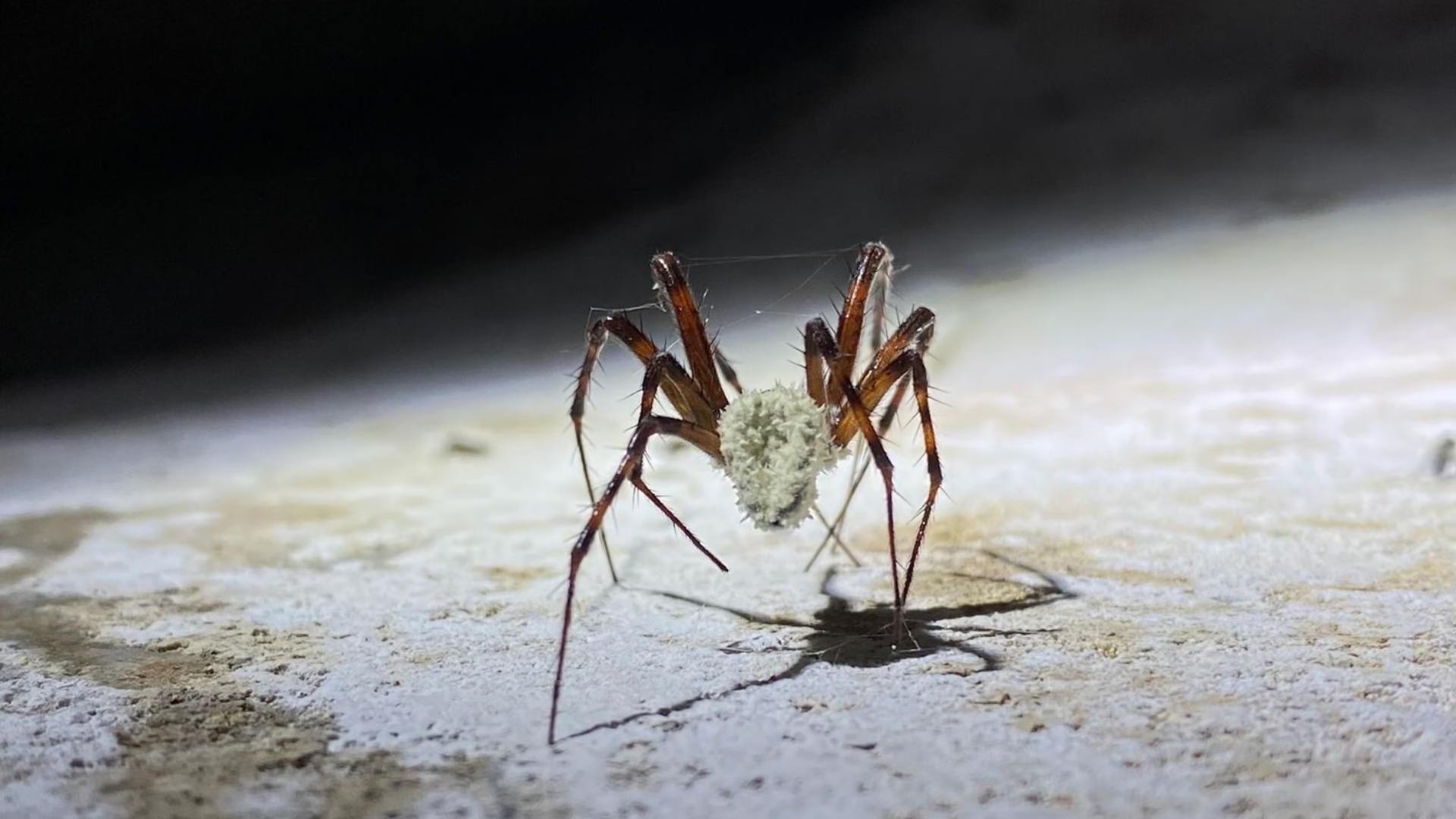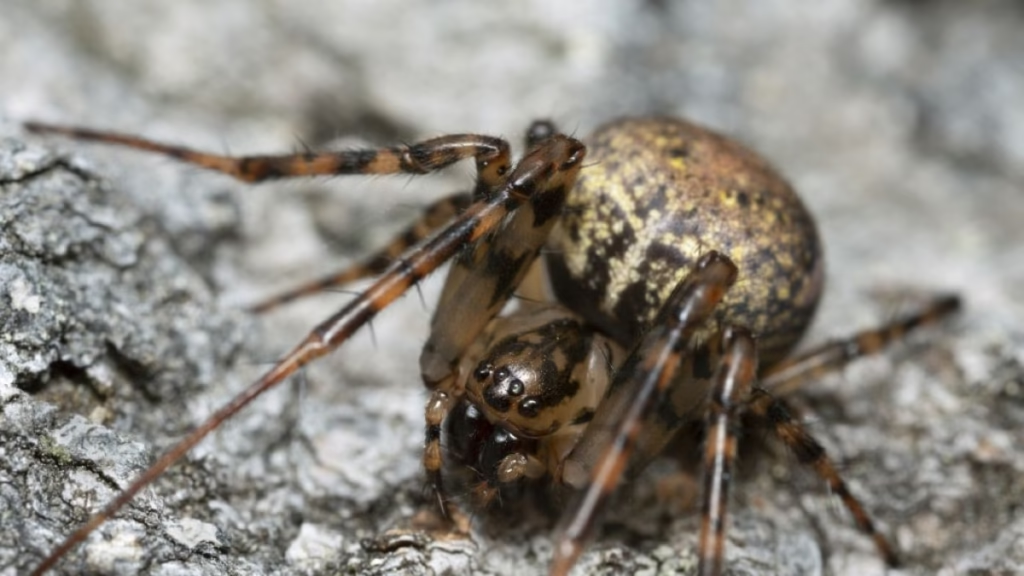Scientists Discover Fungus That Turns Cave Spiders Into Zombies!

Scientists in Europe have uncovered a previously unknown species of fungus that turns cave-dwelling spiders into “zombies.” This fungus, named Gibellula attenboroughii, manipulates the spiders to leave their webs and move to a more exposed location before they die. The fungus then uses the spider’s corpse to spread its spores, ensuring the cycle continues. This discovery opens new research possibilities and offers insights into the fascinating world of parasitic fungi.
Zombie Ant Fungus Inspiration
Similar to the well-known zombie ant fungus, Gibellula attenboroughii alters its host’s behavior for its own benefit. While the zombie ant fungus has been widely studied, this newly discovered fungus targets spiders in a similar way, raising questions about how it affects the spider’s brain. The exact mechanism behind the fungus’ control over its host is still unclear. However, the discovery could offer scientists new ways to study parasitic fungi and their ability to control animal behavior.

Credits: CNN
The Strange Discovery of Gibellula attenboroughii
The first sighting of this peculiar fungus occurred in 2021 when a television crew filmed a spider showing strange behavior in an abandoned building in Northern Ireland. The spider had moved far from its web and was positioned in an exposed area, which caught the crew’s attention. After further investigation, the fungus was found infecting multiple spiders in caves across Northern Ireland and Ireland. Researchers observed that these spiders had moved to the roof or walls of caves before dying, suggesting that the fungus had manipulated their behavior for the purpose of spore distribution.

Credits: News.de
How the Fungus Manipulates Its Host
Most web-building spiders prefer to stay in their webs, but the fungus forces them to leave. The team believes the fungus manipulates the spider to move into more exposed areas, likely where circulating air currents will help spread the spores. By altering the spider’s behavior, the fungus ensures it has the best chance to propagate and infect other creatures. However, the exact metabolites produced by the fungus to affect the spider’s brain remain unknown.
The Impact on Spiders and Ecosystems
Though the fungus affects only certain spider species, scientists are intrigued by its potential ecological impacts. Fungi like Gibellula attenboroughii have evolved over millions of years, interacting with various species in complex ways. While these fungi play a role in regulating the population of infected spiders, researchers do not believe it poses a significant threat to the broader ecosystem. The study also found that other fungi, known as mycoparasites, feed on the zombie spider fungus, demonstrating how fungi are interconnected in nature.

Zombie Fungus and Potential Applications
The discovery of this fungus highlights how much remains to be learned about the fungal world. While Gibellula attenboroughii only affects spiders, scientists like Dr. João Araújo suggest that studying these fungi could eventually have important implications for medicine. Araújo speculates that understanding how the fungus manipulates the spider’s brain could help develop treatments for diseases like Alzheimer’s. The ability of fungi to control animal behavior may one day offer breakthroughs in treating brain disorders.
A Fascinating, Uncharted World
Fungi have been part of our world for over 100 million years, and yet only a small fraction of them have been studied. With around 150,000 known species, scientists estimate that this represents just 5% of the total diversity of fungi. The discovery of Gibellula attenboroughii shines a light on the rich, largely unexplored world of fungi, urging further research into how these organisms can impact ecosystems, medicine, and beyond.

Credits: BBC
The discovery of this zombie fungus opens a fascinating window into the complex world of parasitism and behavioral manipulation in nature. As scientists continue to study Gibellula attenboroughii, it raises intriguing questions about how fungi can influence the actions of their hosts. While zombie ants have been a well-known example of parasitic fungi, this new revelation about cave-dwelling spiders adds a surprising twist to the narrative






